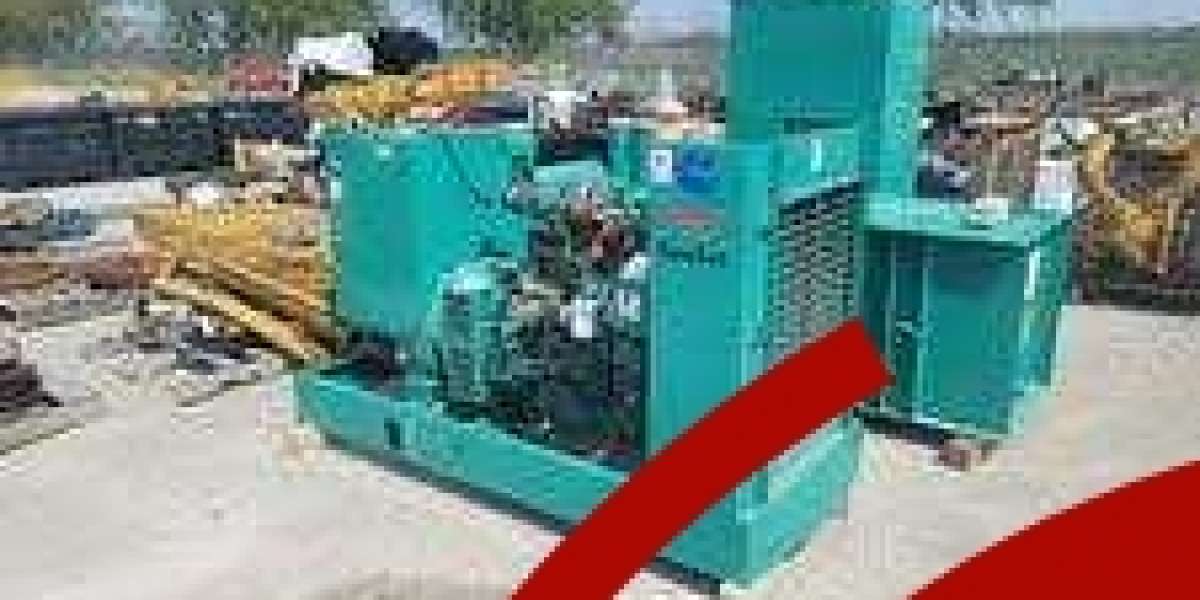They’re also great for everyday driving, thanks to their torque. But what makes a diesel engine different from a gasoline one? Let’s explore. Rudolf Diesel based his internal combustion engine on the Carnot cycle, an idealized model of how an engine could maximize efficiency.
High Compression Ignition
Unlike gasoline engines, diesels don’t use spark plugs to ignite the fuel-air mixture. Instead, a very high rate of compression raises the temperature and density of the charge until it autoignites. This is why they’re called compression-ignition engines.
The advantage of this is that a diesel engines can run on leaner fuel mixes without the danger of ‘pinking’ (when an explosion happens when the piston isn’t at top dead centre). However, it also makes the combustion process more difficult to control.
Mazda have been tinkering with ways to get around this. One way is to use a technique called Homogenous Charge Compression Ignition or HCCI. This injects the fuel early on in the intake stroke but uses a much higher compression ratio than a regular petrol engine, making it hard to manage. Other approaches include Stratified Charge Compression Ignition (SCCI) or premixed charge compression ignition. All of these are based on varying the air temperature by using resistance heaters to control the intake charge, but they’re too slow to alter the in-cylinder pressure-time envelope at the required cycle-to-cycle frequency.
Low Emissions
Diesel engines power 98% of large over-the-road trucks in the United States. According to the Diesel Technology Forum, these vehicles have cut emissions of nitrogen oxides (NOx) and particulate matter by up to 98% since 2007, helping to improve air quality.
But diesel exhaust also contains gaseous pollutants, including carbon monoxide (CO), hydrocarbons (HC) and carbon dioxide (CO2), which are greenhouse gases. They produce acid rain that damages soil, lakes and streams. They help form ground-level ozone, which hurts people’s lungs and can cause heart and respiratory illnesses. To reduce the amount of pollution that these engines emit, engineers have developed a range of technologies to clean exhaust before it leaves the tailpipe. SwRI engineers have taken a systems approach—combining engine, aftertreatment and controls expertise—to develop and integrate pragmatic solutions.
Powerful
In diesel engines, fuel is injected at high pressure. This enables finer atomization for an efficient burn and less waste heat. As a result, they can generate more torque at lower RPM than gasoline engines.
Diesel engines are the workhorses of the power industry and can be found in heavy-duty trucks, cargo ships, trains, and even prime power used generators. They are known for their torque, which can help tow large loads and accelerate quickly from a stop. To create more torque, diesel engines have a longer bore and stroke than gasoline engines. This means that the piston travels further down the cylinder during the power stroke. In turn, this creates more force which can then be used to drive a crankshaft. Torque equals force multiplied by distance and diesel engines produce a lot of it for sustained periods. This makes them perfect for tractors that operate at low speeds and need to deliver reliable power over long periods of time.







